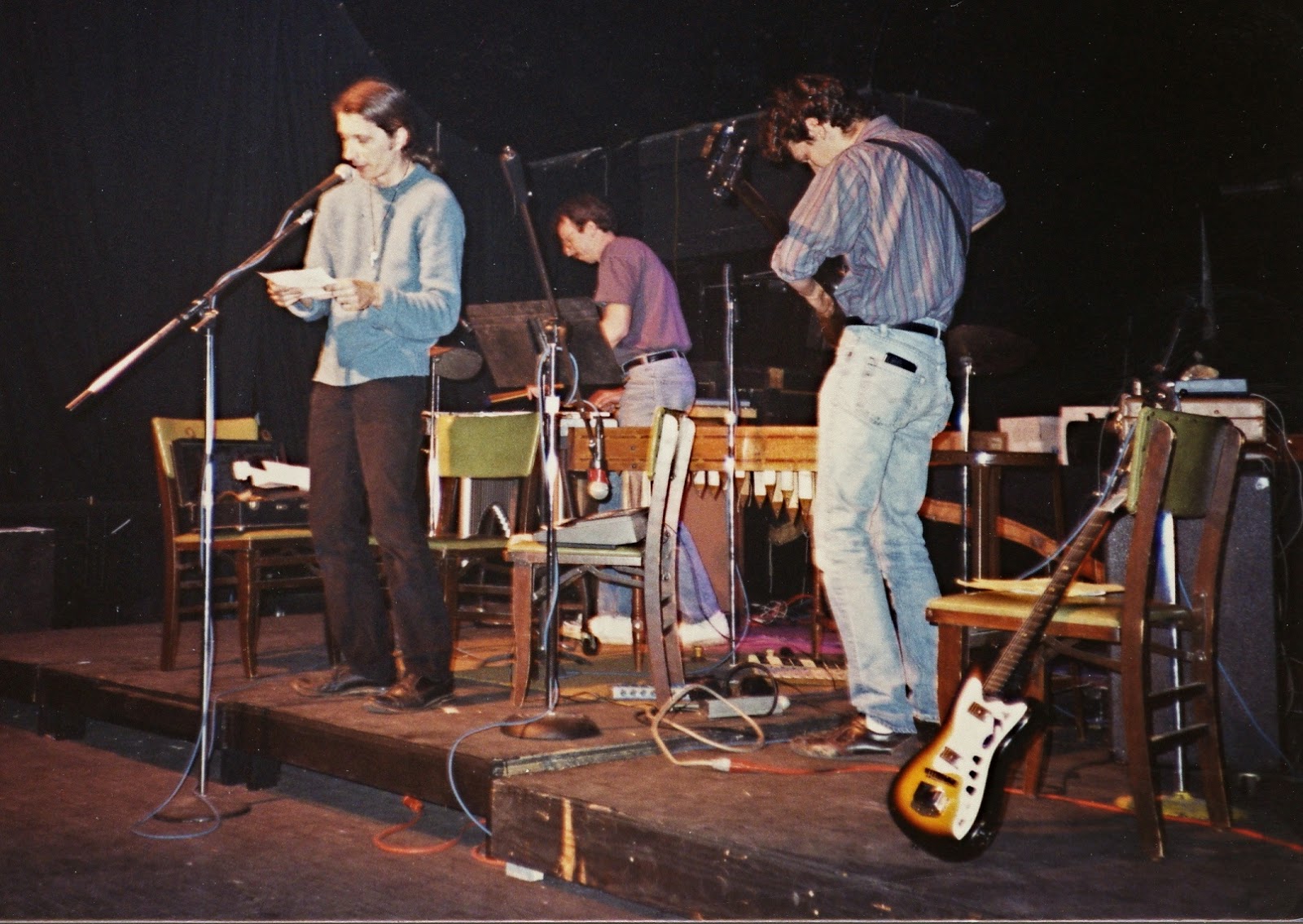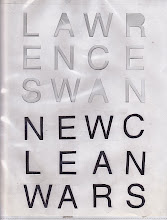Williams painting in my studio in 2012 the
view outside my window and
his drawing on canvas of same view
"Scott Williams is an artist based in New York City. His work is done exclusively from observation: all landscapes are executed on site, au plein air, from conception to completion, or with live models."
(from the artist's statement)
My first impression of Scott William's work, when we were students at the Cleveland Institue of Art in the late seventies, was that it was naively naturalistic, as if the 1913 Armory Show had never occurred, and as if the Renaissance and Rembrandt had settled things forever and the Ash Can School was the end of the line. I knew Scott had briefly studied portaiture in the two year CIA foundation program with Jose Cintron (who believed everything went to hell with Cezanne) and developed his skills with color.
I was a year ahead of him in school, and five years older, so I must've assumed I was more advanced in my understanding of art, or maybe I was just stupid. I was excited about becoming an abstract artist and was studying the New York School, especially (at the time) Barnett Newman. When he started third year painting he set up his easel next to the big industrial sink where we all washed our brushes. The sink was a big grey plastic thing covered with the stains of many pigments, a readymade altered by aleatory application of paints into a 3D art object in progress which Scott, naively, I naively thought at the time, took on as an amusing subject of a traditional nature morte. This was typical of his approach. The perspective was a bit exagerated and the sense of spatial depth very effective and the presentation of a homely and familiar thing as a realistically painted image was kind of funny. He also did a painting of a desk in his bedroom. All the drawers were open, gaping and coughing out their contents like a drunk slob vomitting his breakfast. It was also funny and impressively realistic, but, after all, wouldn't it be better to exhibit the piece of furniture itself as a work of art? Why show off your skill? I guess I was trying to justify to myself what I was doing, in which my skills were not so evident, and Scott's discipline represented what I was not doing. We both had Julian Stanczak as a teacher and I know Stanczak was impressed with Scott's work. "You are a realist painter, but I think you are more than a realist," Stanczak said to him. Stanczak helped us open our eyes to each other's work, I think. Scott and I lived in the same old apartment building in University Circle and we occasionally ran into each other and exchanged wisecracks, if we talked at all. He was, and still is, tall and thin. His hair was long and he walked at a tilted lurch. I knew he was from California and was into jazz. He played acoustic bass in an ensemble of earnest young jazz snobs that played the standards from a fake book. They played at a party in the suite Scott shared with three other students. After I heard them do Miles' So What? I wanted to show I was hip enough to identify the number so I said to Scott, "That was very good, but So What?" ha ha. He also played electric bass in an obnoxiously noisy art school band called Redness. I eventually became a big fan of Redness, their music and their neo-dada collage xerox posters.
Our first genuine conversation was at a party in one of the basement apartments in our building, where we drank too many cups of punch made from grain alcohol. He was wearing a white T shirt with the phrase "Decadence - A Way of Life," printed on it and I saw that my cupful of punch with a piece of fruit in it would perfectly go into his shirt pocket so I emptied it there. We had been having a good conversation up to that point and I froze and thought, Why did I do that? and he also froze and then batted Dan Brewer's drink in my face. It is not a pleasant sensation to have alcohol thrown into your eyes, but it was the perfect and obvious response to what I'd done and we both laughed and have been best friends ever since. I moved into his apartment for my final year at CIA-- the Eliot Ness Suite, because we'd been told the Untouchable himself had resided there in his Cleveland years. We shared this place with Perry Kopchak and Dan Brewer and we all got to know each other very well and respected each other's work, and often collaborated on music and art.
I thought a few, but not all, teachers and students were confused by Scott's paintings and wondered why someone with avant garde sensibilities in music (Ornette, Sun Ra, Pere Ubu, and Redness) and knowledge of contemporary culture, etc. would be so devoted to naturalistic painting. I guess I asked myself this question, and assumed others did too. My take on this became - - he knows that the conventions of representation had been been demolished by modernism and that the presuppositions of art itself had been undermined by Duchamp and Dada and so on, but So What?
Now I think I didn't understand his work because he knew something I didn't. I've watched Scott experiment with various approaches that he could have developed further and been successful with -- allegorical paintings, wry assemblages, complex neo-Cubist painting -- but he put these aside and his attention always returned to a path toward what he is doing now, and what his heart is in. Scott's commitment to his craft and to the process of painting pictures of his surroundings -- ugly neighborhoods and toxic industrial scenes in Queens and Brooklyn selected by some chance operation, psychologically observant portraits of models enlisted through craigslist, natural landscapes near the cabin he built in the Catskills or near his mother's place in Arizona -- has given us works of great skill in which the kind of fine-tuned concentration and training required in the high wire improvisation of his music come into play in both his plein air and studio practice.
I have become more attentive to the visual nuances of the urban environs of the outer boroughs after seeing them reproduced and reconstructed hue by hue, observed and transformed into paintings. That he is a disciple of European painting from Northern Renaissance and Rembrandt to Cezanne is obvious to anyone who knows art history. That the view he gives us of the world is "more than realist" might not be so obvious to those looking for something "new" in painting. I haven't seen any other paintings of the New York we live in now that are as good as his. His eyes are open and his record of the world he sees is accurate and real, and more than that.
His show at Sideshow opens March 22 and will be up through April 20.

2012 sketch of SW by me.



































